Easy Ways to Save Seeds
Love your cucumbers this year? Learn how to save them, and seeds of many of the other vegetables you planted!
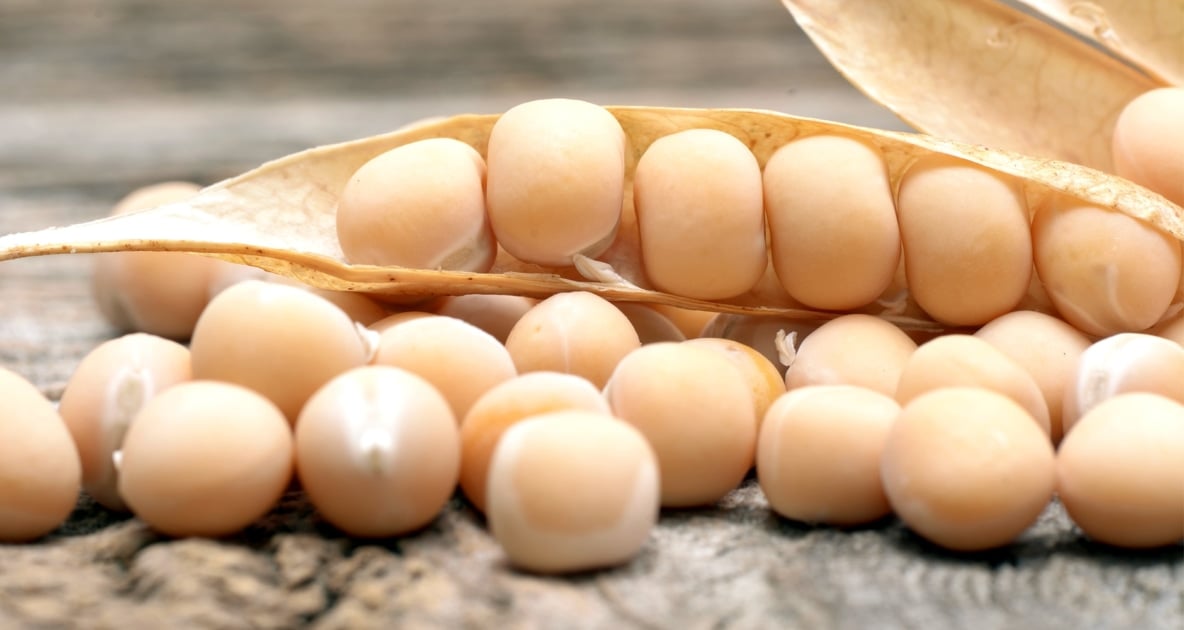
Thinking about saving seeds from the plants you grew this year? Here are easy tips for seed saving!
Harvesting and Processing Seeds
Seeds must be mature before they are harvested. Therefore, seeds need to be gathered after the fruits and pods have ripened, but before they rot. Different methods of harvesting and processing seeds depend on the plant species and the fruits or pods involved. Having familiarity with the methods will help you to be successful.
- CUCUMBERS. Leave cucumbers on the vine until they are well beyond the edible stage, or the seeds will be immature. The cucumbers should turn soft and off-color and be split in half and hollowed out. Separate the seeds from their gelatinous coating by soaking them overnight in warm (not hot) water. If the coating isn’t gone by morning, gently rub the seeds between your fingers to remove what is left.
- LETTUCES. Harvest the seeds from the last plant that goes to seed after the yellow flowers have turned into whitish wisps.
- PEPPERS. Harvest peppers when they are fully ripe. Pepper varieties can be quite confusing, as some are green when fully ripe, while others are red or brown. Make sure you know what color the peppers should be. When your selected pepper reaches maturity, pick it and slice it in half. Scoop the seeds and spread them out, taking care to keep them from ending up in pairs or clumps.
- TOMATOES. Harvest tomatoes when they are fully ripe, but not rotten. Again, make sure you know what color the fruits should be. A yellow pear tomato, for example, is never going to turn red. Like cucumber seeds, tomato seeds are encased in a gelatinous coating, but they are separated from their coating by fermentation, which mimics the natural rotting process and has the added benefit of killing seed-borne diseases. Slice the tomatoes and squeeze the seeds out into a bowl. Add water, and let this mixture stand for several days at room temperature in an out-of-the-way place, stirring it occasionally. Mold will form on the surface. How quickly this mold will develop depends on the temperature; in a house at a temperature of 70° F, three days should more than suffice. The pulp and worthless seeds will rise to the surface and can be skimmed off along with the mold. The viable seeds will sink to the bottom, where they can be strained and rinsed. While this process may seem daunting, it is worth it, because shortcuts may affect the germination of your seeds.
- SUMMER SQUASH. Harvest when you cannot dent the squash with a fingernail. Summer squash is treated much the same as cucumbers (they are members of the same family). However, you will not find a coating on squash seeds, so all you have to do is wash the seeds enough to clean off any meaty remains or slimy tendrils.
- BEANS, PEAS, AND OTHER LEGUMES. Leave beans or pods on the plants or vines until they rattle or can’t be dented by your teeth, then harvest before the seeds are dispersed.
Drying Seeds
After gathering your seeds, process them if needed, and then clean, rinse, and drain them. The final stage before you store your seeds is to dry them thoroughly, which takes a few days to a week. Some seed savers dry seeds using china or plastic plates. Others use newspapers or other paper products, although they run the risk of having their seeds end up glued to the paper. Still, others use screens, because screens have the best ventilation. Whichever type of container or surface you choose, scatter your seeds carefully, to keep them from drying in pairs or clumps. Small seeds that can shatter or blow away can be encased in fine mesh or a paper bag. Leave your seeds in a dry place where the temperature will stay even and below 90°F. Higher temperatures can kill many seed varieties. Be sure to stir your seeds around and turn them over so that all of their surfaces get exposed to the air.
If your seeds begin sprouting, the drying process has been too slow, and you will have to start over again. You may need to switch to screens or use a fan to improve ventilation. Don’t use heat to speed up the drying process; it may kill your seeds. When your seeds are brittle and hard, but not dried out, you can put them away.
Storing The Seeds You Have Saved
Now that you have successfully gathered and dried your seeds, do not negate all of your hard work by storing them incorrectly. Store your seeds where they will remain cool, in the dark, and dry. Many people place their seeds in their refrigerators.
By hand, gently rub off any chaff. Then store your seeds in simple paper envelopes (except for beans, peas, and other legumes, which should be stored in breathable bags). Be sure to seal and carefully label each envelope or bag with the variety, date, and any other pertinent information. Avoid opening packages until you are ready to plant; otherwise, moisture may dampen your seeds or cause them to mold.
Your seeds will “hibernate” happily all winter long, provided you have stored them in a cool, dark, dry, and rodent-free place. The day before you intend to do your planting, take the seeds out of storage so they can warm to room temperature. From then on, treat them in the same manner as your store-bought varieties.
The seeds you have saved will germinate best the following year. Thereafter, germination rates will decline depending on the quality of the original seeds, the types of seeds, and their storage conditions. In the end, it is best to replant, and then select the best plants for seed saving each and every year.

Jean Grigsby
Jean Grigsby is a writer, who lives on the banks of the Kennebec River in Chelsea, Maine. She enjoys working out, reading, and running her marketing and public relations business, The Write Approach. Her article, Where Are All The Birds? appears in the 2021 Farmers' Almanac.


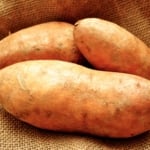
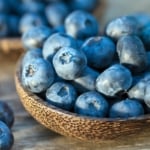
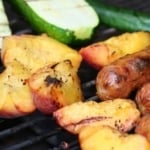
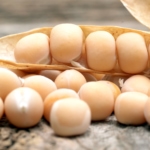
Did I miss you commenting on hybrid seeds not producing the same vegetable that you harvested. Unless your raising heirlooms you could be very disappointed with your results.